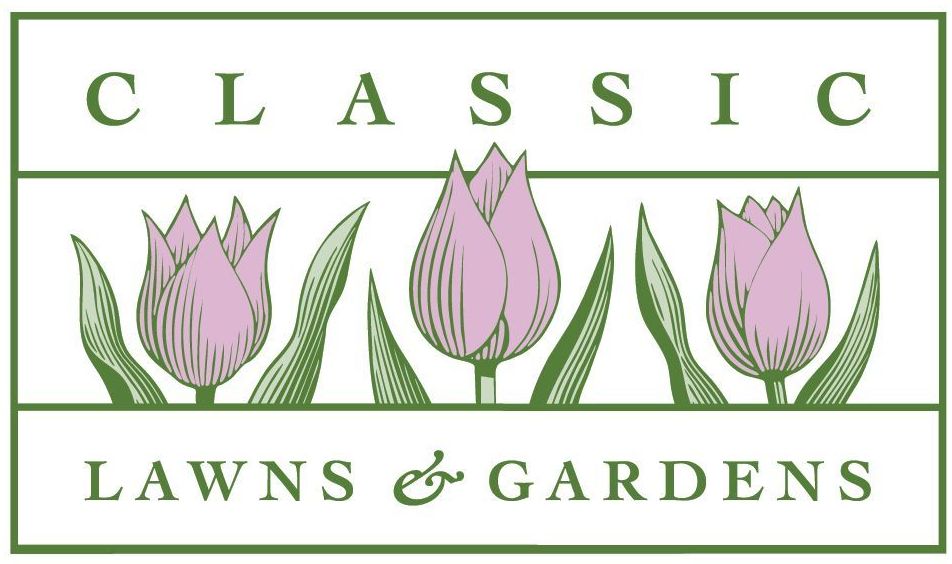Summer Landscape Maintenance
Although summer is the time to relax and enjoy the warm weather, the landscape still requires maintenance. The following are summertime maintenance activities that can help you avoid major gardening headaches.
The most important activity during the summer is to water them adequately on a routine schedule. This means watering slowly, thoroughly, deeply, and only when needed. If you’re not sure whether or not to water, use dowel rods to test the soil in various parts of your property. Stick the rods 8-10 inches into the soil. The discoloration of the unsealed wood grain and the debris that clings (or doesn’t cling) to the rods should indicate whether or not it’s time to water. To make the most of your watering efforts, double check mulch depth. A total depth of about two inches will insulate root systems against rapid drying and extreme heat.
Summer time can also mean trouble with diseases and insects. The key to managing pests is to prevent the disease beforehand, not just as it appears. This means a regular plant inspection is a must. They don’t have to be perfect, but when pests affect more than 20 percent of the plant, respond by using a method of control that is targeted to the specific problems and plants.
If you’re not sure what approach to take, talk to a professional at your local garden center. It’s best to take in a good sample of the problem so they don’t have to guess. Be particularly watchful for spider mites, scale and especially bag worms (which have been on the increase the last several years). Or call your landscaper and ask them to come out and take a look so they can provide you with an active solution.
Pruning is another task that promotes the health and appearance of your plants. By taking out the dead, diseased, closely spaced or crossed branches, you can improve the tree or shrub structure and provide less of an opportunity for disease to take hold. Allowing the plant to breath helps its immune system. Pruning is also the way to manage shapes and sizes. You can prune non-flowering trees and shrubs whenever it is convenient. Flowering trees and shrubs should be pruned within 30 -45 days after blooming. Pruning after this time period will not hurt the plant, but could upset the flowering cycle. For annuals, you’ll want to pinch off dead flower heads (including the seed pods) so that the plant doesn’t send the internal chemical message that its mission has been completed. Be sure to take off not only the flower, but the entire fruiting structure. This will also help cause the plant to become bushier and yield more blooms. For convenience sake, it is perfectly all right to simply take off one-third the height of all your annuals at this point during the season. Deadheading will help to insure that your annuals bloom throughout the summer and into the fall.
By following these tips on a routine basis, you’ll prevent big problems from sneaking up on you. These easy maintenance activities can keep your landscape looking great and give you the time you need to stop and smell the roses.
If you find that you are unable to carry out these activities yourself this summer, call Classic Lawns & Gardens to set up a custom annual maintenance schedule for your landscape.






